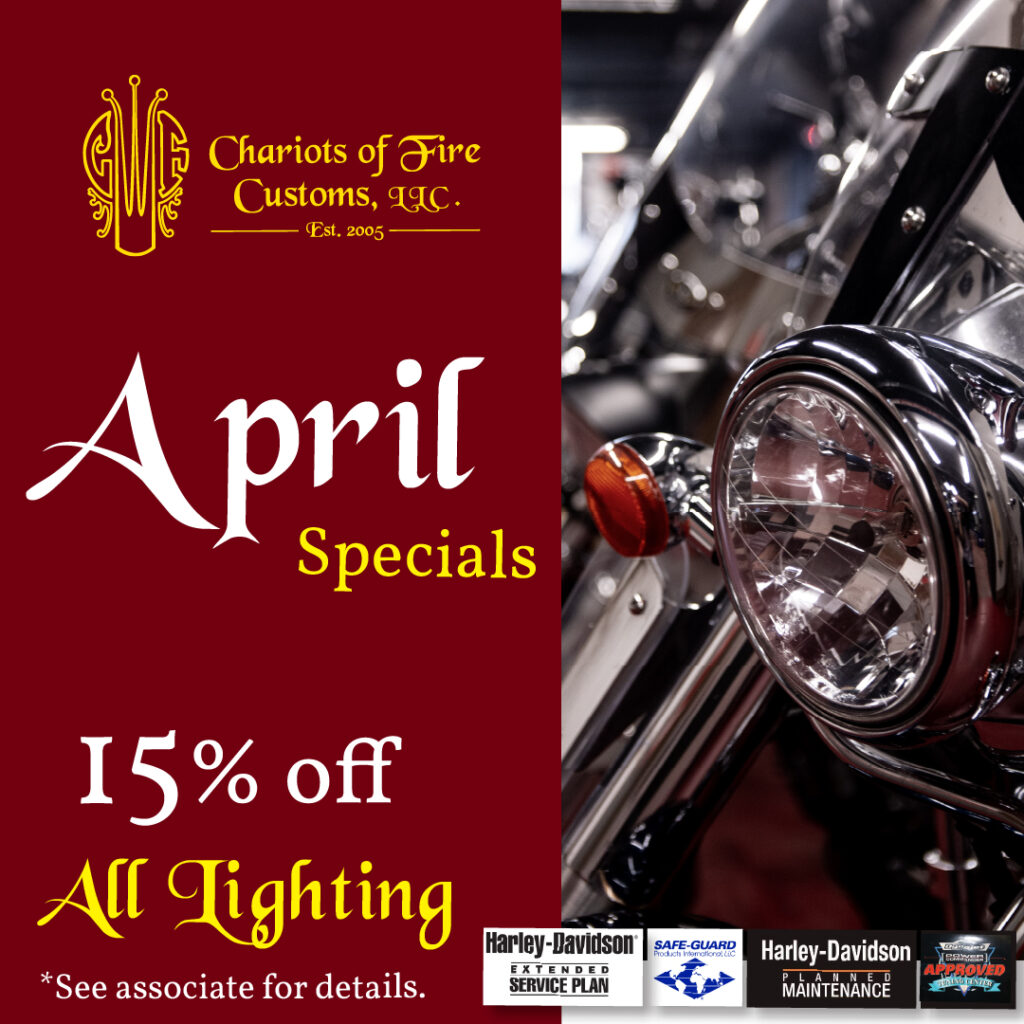As the warm weather motorcycle riding season continues and you have been on a few long distance trips, it’s time to make sure your motorcycle remains in the best condition. Exterior maintenance is an important job to make sure the surface paint isn’t experiencing damage and bugs don’t become a permanent addition to your bike. But, there is something more important to check!
Your motorcycle’s oil.
Just like your exterior cleaning prevents future damage, regularly checking and changing your oil will make sure your motorcycle will perform well for years to come.
Most riders know how important oil changes are for the overall health of their bike, but many forget how often you need to perform this maintenance. Some also wonder, “Should I change my filter at the same time?” Let’s clarify more on these maintenance tips.

How Often Does Motorcycle Oil Need to Be Changed?
How often you need to change your oil will depend on the type of oil it uses, miles and the frequency it’s driven. Your user manual will provide the recommended services for your specific bike, but as a general rule:
- Synthetic oil should be replaces every 5,000 miles or at least once a year
- Conventional oil every 2,500 – 5,000 miles or at least once a year
Should I Change My Oil Filter Too?
Many people wonder if they need to change the filter every time they change their oil. As a basic rule of thumb, it’s a good idea to perform this maintenance service. While it may seem like a small and unimportant task, the oil filter is as important as the oil itself in the aspect of making sure the motorcycle runs properly.
These small components together make sure that your motorcycle oil remains clean by trapping debris, sludge and other impurities from entering the various mechanisms of your bike. If these items weren’t caught by the filter, multiple areas of your engine would become dirty more frequently and potentially harm your motorcycle’s performance.
Final Word
Make sure the oil you are using is designed for your engine i.e. air cooled vs water cooled bikes;
a motor off the showroom floor vs high performance motors.








